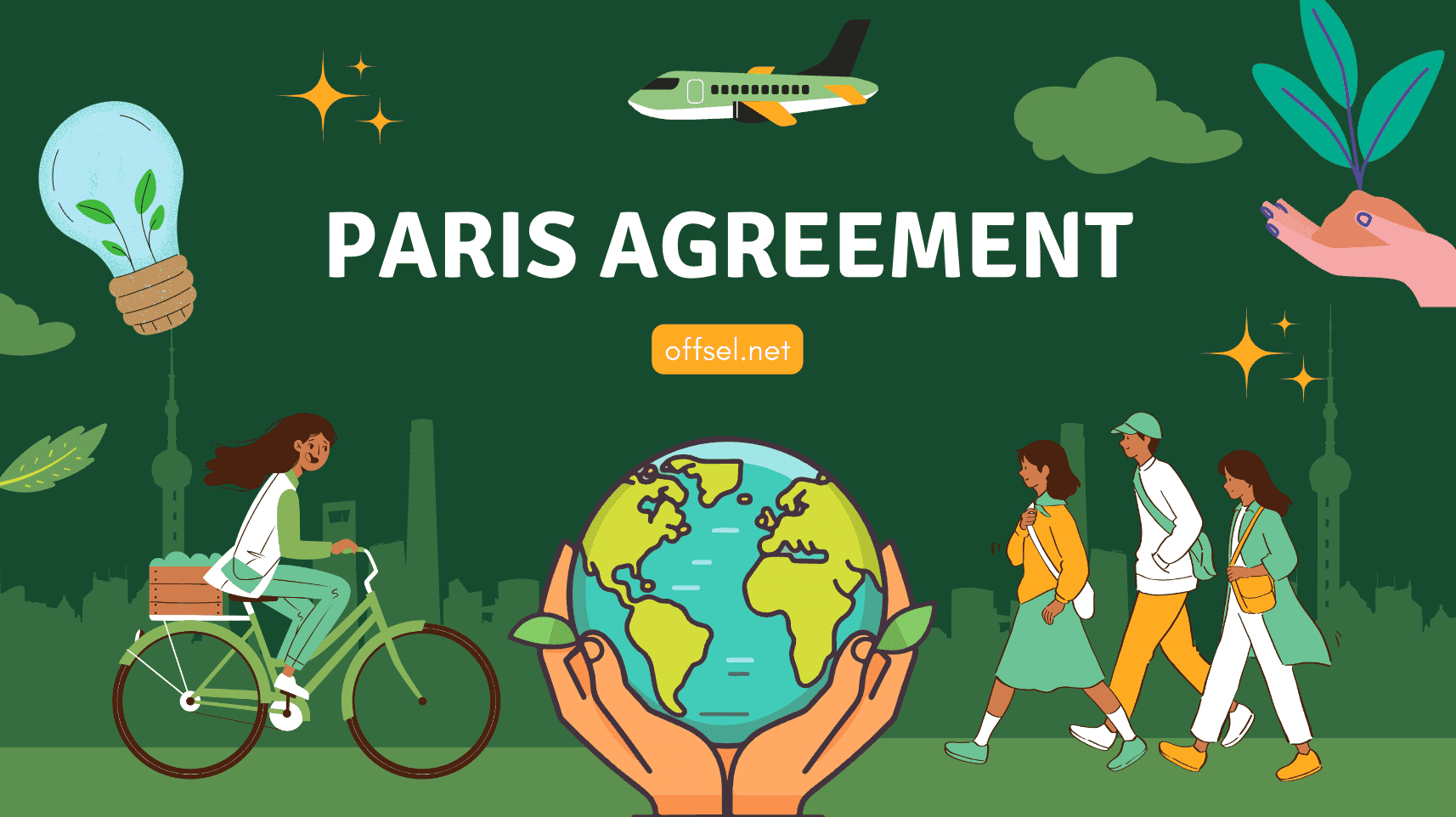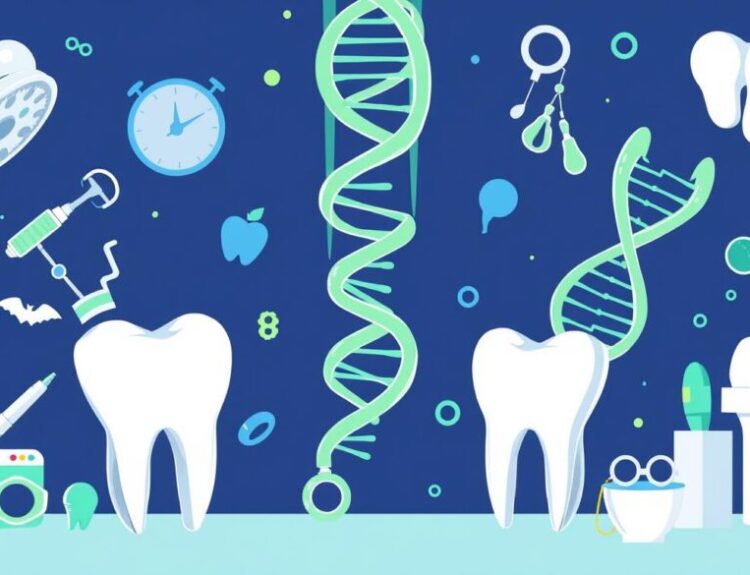Climate change is no longer a distant concern. It is the defining challenge of our era. The increasing intensity of hurricanes, prolonged droughts, rising sea levels and devastating wildfires highlight the urgency of taking immediate and collective action. In this global context, the Paris Agreement was adopted in December 2015 at the 21st Conference of the Parties (COP21) to the United Nations Framework Convention on Climate Change (UNFCCC). It represents a turning point in human efforts to combat climate change. Its main goal is to limit global warming to well below 2°C with efforts to pursue an even more ambitious target of 1.5°C.
Importance of Paris Agreement
Before the Paris Agreement, international climate control efforts were divided and lacked enforceability. The Kyoto Protocol in1997, imposed binding commitments only on developed nations, leaving emerging economies like China and India without concrete obligations. As emissions from developing countries increased, it became clear that a universal, inclusive, and flexible framework was necessary.The Paris Agreement fills this gap by:
Creating a universal pact: All 196 parties to the UNFCCC, including both developed and developing nations, are involved.
Introducing Nationally Determined Contributions (NDCs): Each country sets its own emission-reduction targets. All countries must update and strengthen their NDCs every five years.
Recognizing equity: Developed nations must support developing nations financially and technologically, acknowledging their historical responsibility for higher emissions.
Most importantly, the Agreement recognizes the existential threat of climate change and provides a pathway to balance environmental protection, economic development, and global cooperation.
Logic Behind the 1.5°C Target
Why aim for 1.5°C instead of 2°C? At first glance, the difference may seem quite minor, but scientific studies have shown that every fraction of a degree of warming has profound consequences. According to the Intergovernmental Panel on Climate Change (IPCC) Special Report on Global Warming of 1.5°C (2018):
At 1.5°C warming, about 70–90% of coral reefs are projected to disappear. At 2°C warming, more than 99% of coral reefs will vanish. Sea levels could rise by around 0.26–0.77 meters by the year 2100; but at 2°C, the rise could be significantly higher, threatening coastal cities. At 1.5°C warming, Arctic sea ice may completely disappear once per century; at 2°C, this could happen once per decade. At 2°C warming, extreme heatwaves will affect 37% of the global population every five years, twice the rate at 1.5°C.
Therefore, the difference between 1.5°C and 2°C is the difference between survival and catastrophe for many ecosystems and vulnerable communities. Thus, the Paris Agreement aspiration to pursue efforts toward 1.5°C is not symbolic but life-saving.
How Paris Agreement Works
To achieve its ambitious goals, the Paris Agreement relies on several key mechanisms:
- Nationally Determined Contributions (NDCs):
Each country submits its own climate action plan, outlining how it will reduce emissions and adapt to climate impacts. These plans must be updated every five years, becoming progressively more ambitious. - Global Stocktake:
Every five years, starting in 2023, countries will collectively assess progress toward the long-term goals of the Agreement. This mechanism ensures accountability and encourages nations to strengthen their commitments. - Climate Finance:
Developed nations pledged to mobilize $100 billion annually by 2020to help developing nations transition to clean energy, build resilience, and adapt to climate change. While progress has been made, debates over funding remain contentious. - Technology Transfer and Capacity Building:
Developing nations require not just funds but also technology and skills to implement sustainable practices. The Agreement emphasizes cooperation to share innovations such as renewable energy systems and efficient farming techniques. - Transparency Framework:
Countries are required to regularly report their emissions, progress, and actions, ensuring that climate pledges are verifiable.
Achievements
Since its adoption, the Paris Agreement has influenced global policy and investment trends:
Renewable energy boom: Countries have massively expanded investment in solar, wind, and other renewables, making them cheaper and more accessible than ever before.
Net-zero pledges: More than 140 countries, representing over 90% of global emissions, have announced net-zero targets for mid-century.
Private sector engagement: Businesses, financial institutions, and cities are aligning their operations with the Paris goals, shifting away from fossil fuels.
Global awareness: Climate change is now central in political debates, school curricula, and media discussions, reflecting growing global concern.
Challenges and Criticism
Despite its strengths, the Paris Agreement faces significant hurdles:
Insufficient Ambition:
Current NDCs, even if fully implemented, would result in global warming of around 2.4–2.7°C by 2100, far above the 1.5°C target.
Financial Shortfalls:
Developed countries have not fully met their $100 billion annual pledge, creating mistrust among developing nations.
Voluntary Nature:
The Agreement lacks enforcement mechanisms. If a country fails to meet its targets, there are no legal penalties; but only diplomatic pressure.
Fossil Fuel Dependence:
Many nations, including major emitters, continue to expand fossil fuel production, undermining their climate pledges.
Climate Justice Concerns:
Vulnerable countries, especially small island nations, bear the brunt of climate change impacts despite contributing the least to global emissions.
Way Forward
The urgency of limiting warming to 1.5°C cannot be overstated. To stay within this threshold, global greenhouse gas emissions must fall by 45% from 2010 levels by 2030, and reach net zero by 2050. Achieving this requires:
Faster transition to renewable energy and phasing out coal, oil, and gas.
Massive investment in green infrastructure, sustainable agriculture, and electric mobility.
Empowering communities through climate education, adaptation strategies, and participatory decision-making.
Stronger international cooperation, particularly in financing and technology transfer.
Public movements like Fridays for Future, as well as private sector innovation, are already driving momentum. Governments must now match this urgency with decisive action. As the clock ticks toward 2030, the responsibility lies not only with governments but with every sector; businesses, communities and individuals. The Paris Agreement is more than a treaty; it is a call to reimagine our relationship with the planet and secure a livable future for generations to come.
The Paris Agreement is the most significant global effort yet to confront climate change, built on cooperation, inclusivity, and science. Its goal of limiting warming to 1.5°C above pre-industrial levels is not just an aspirational figure but a planetary survival line. While progress has been made, the journey ahead requires unprecedented ambition, solidarity, and innovation.








